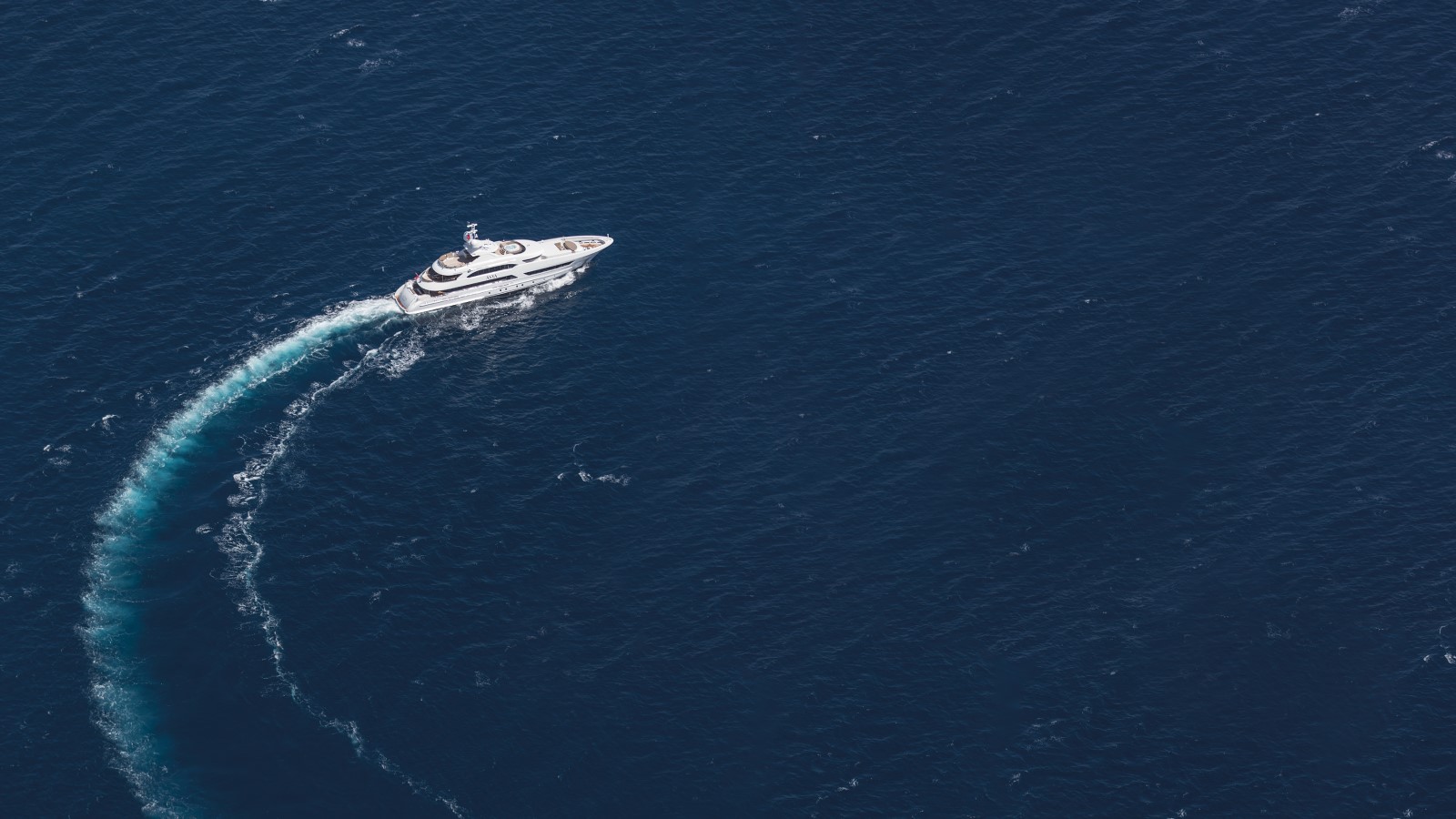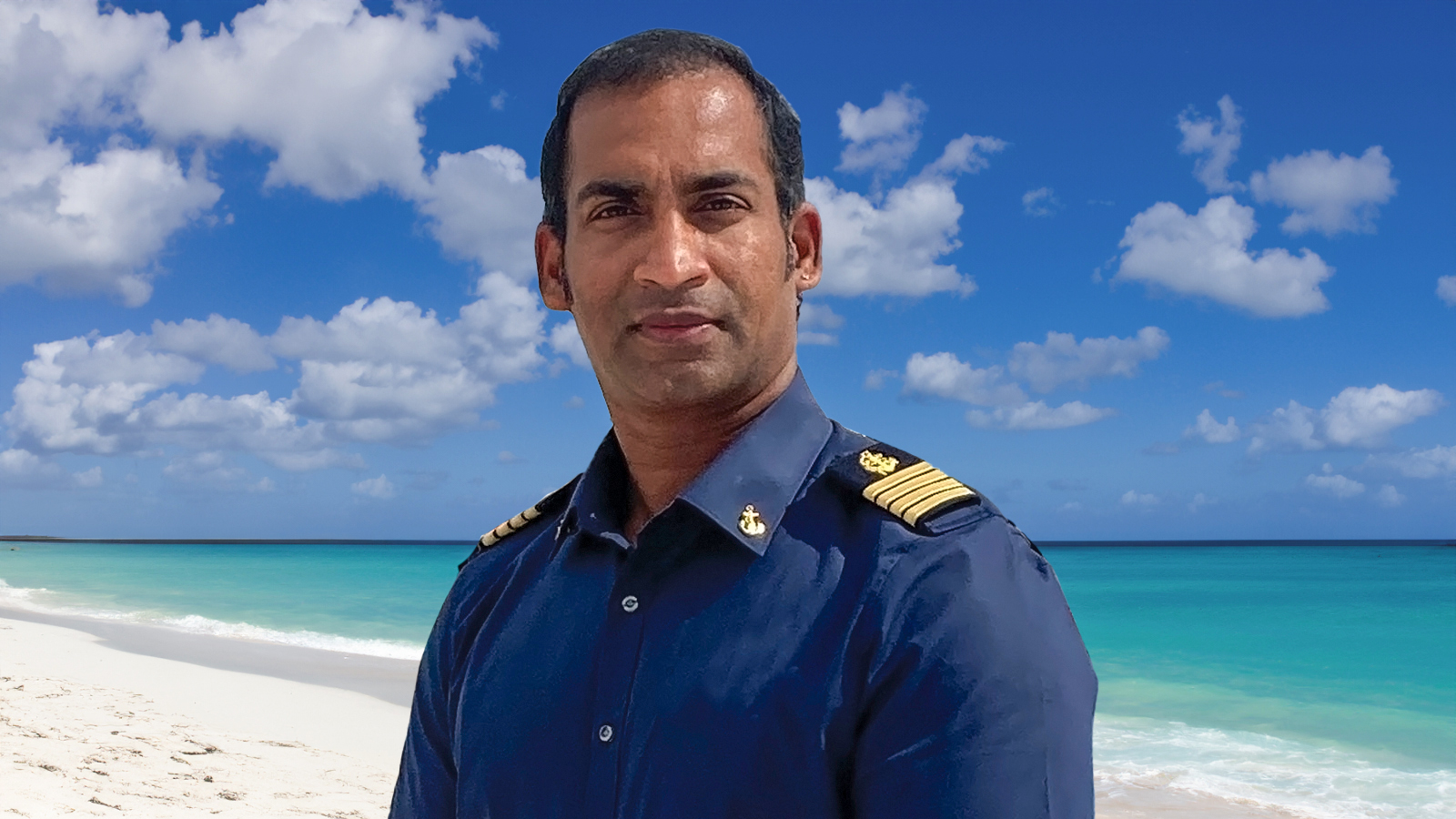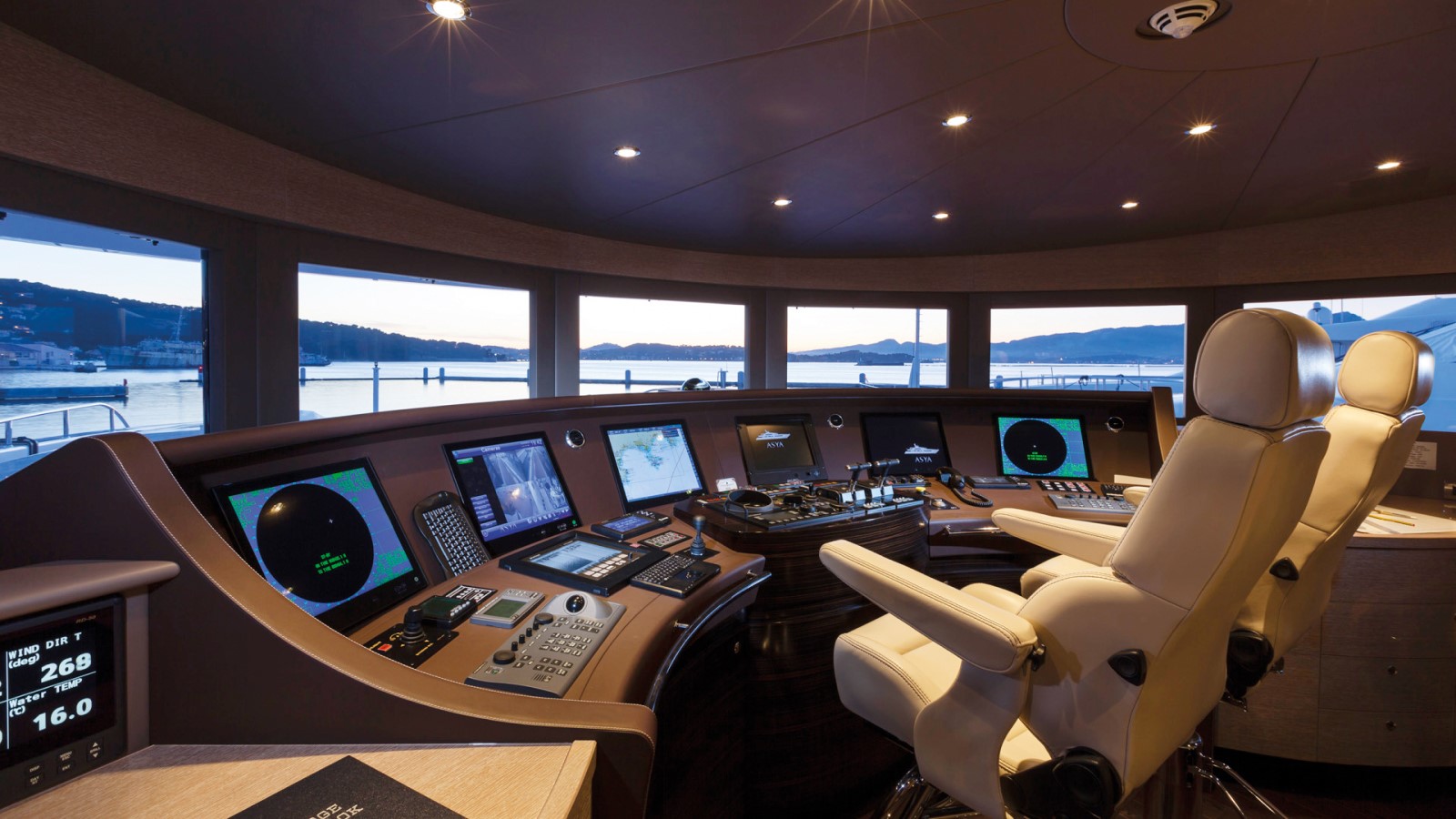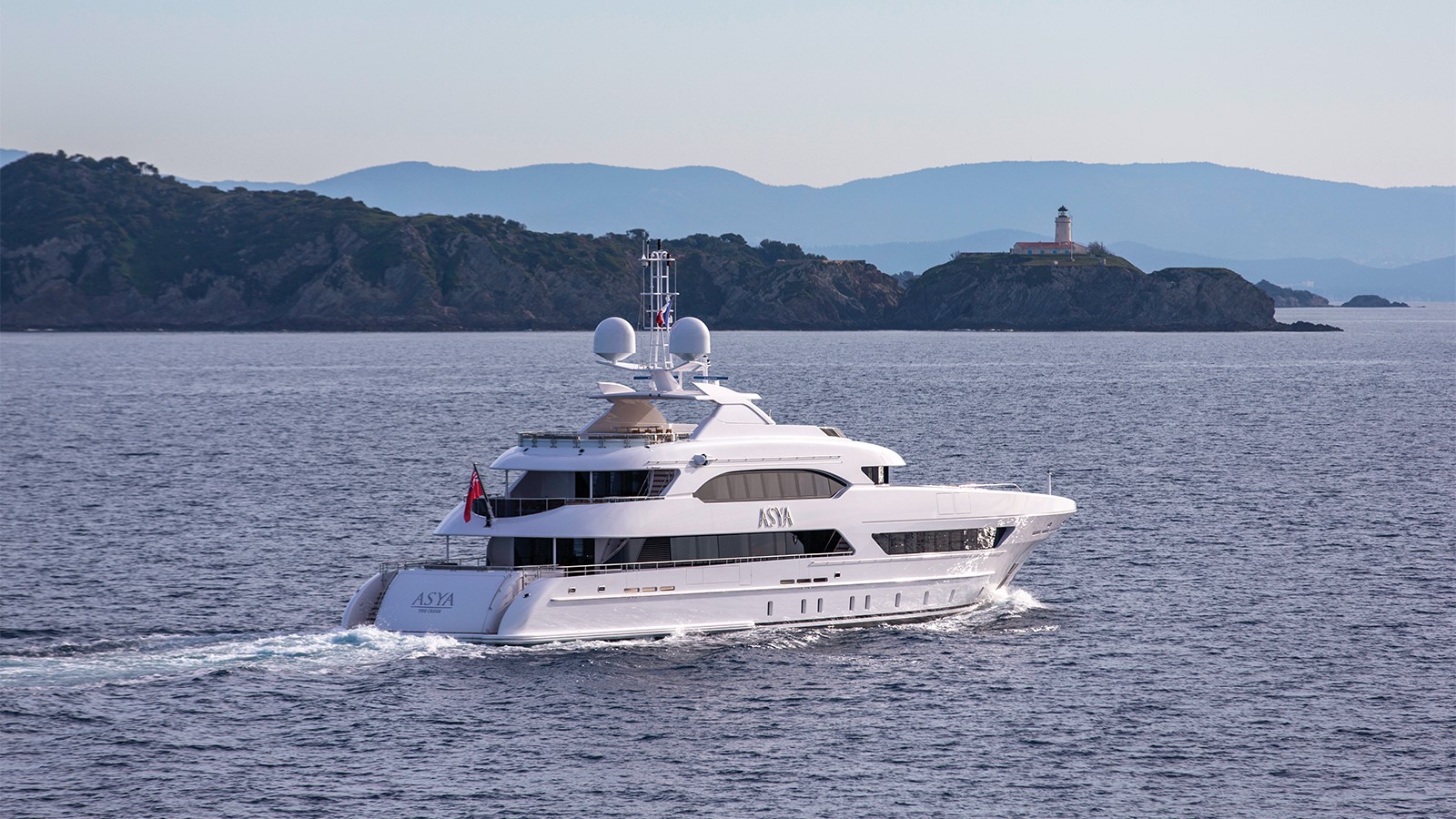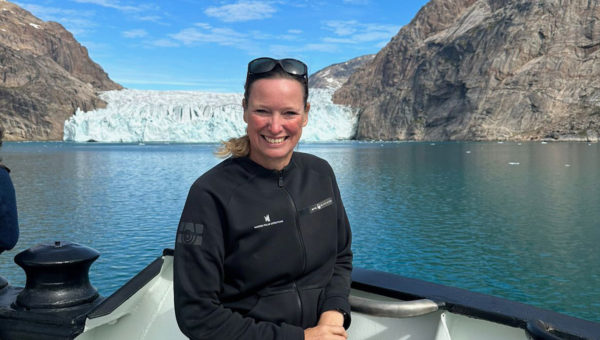Captain Varun and the pirates – Survival modes
Be prepared, and keep a cool head – how to prevent your yacht becoming prey, as recounted by an experienced skipper in this startling first-hand account.
It’s every captain’s worst nightmare. A lone vessel appears on the radar, approaching from the stern, and begins shadowing the yacht’s speed and course. It has no AIS signature. Attempts to hail the vessel receive no response. The vessel creeps closer; the watch crew describes it as an outboard-powered skiff with two men aboard. The captain alters course a few degrees; so does the skiff. The captain returns to the original course and increases speed by one knot; the skiff matches the turn and then begins to increase speed. Suddenly, on the edge of the radar screen, three fast contacts over to port start closing on the yacht. Three little echoes off to starboard that looked like fishing boats a moment ago begin to do the same. The captain alerts and musters the crew. He announces grimly that their status has changed from yacht-in-transit to pirates’ prey.
Captain Varun Raj Pakalapati knows this drama well, because in 2019 he was in the middle of it. An Indian Army veteran and past member of the Indian Olympic sailing team, he had made the passage from the UAE to the Mediterranean 16 times. In 2019 he was Master of the 47m steel displacement Heesen superyacht Asya.
“I had finished my watch and been in my cabin for about an hour,” he recalls, “when the first officer called me and said, ‘Captain to the bridge; pirates.’ I told him to increase to maximum speed and headed for the bridge. It was 1 pm, broad daylight and an otherwise empty ocean.
“From the radar, we could see that they were using wolf-pack tactics. One skiff starts the chase and then as it closes, six more boats rush in from the sides. Running at maximum speed throws a big wake that keeps the skiffs from getting close enough for boarding, so they chase and hope we will make a mistake or that the boat will have a mechanical problem. Then they pull alongside to check access and bridge location. They know they have opportunities outside of the patrolled areas — merchant ships at anchor are their usual goal, but they might think of a lone yacht as a soft target.
“I took evasive action to shake them off from time to time as we undertook our piracy protocols. Under the laws of the sea and our flag state rules, you cannot fire pyrotechnics in the direction of the skiffs to frighten them as the signals might be interpreted as distress calls, and unsuspecting, unarmed vessels might approach to offer assistance and become targets themselves. The first step was to broadcast our position and direction, a description of the skiffs, and describe their threatening behaviour on channel 16 to all ships in the area. We also informed our agent ashore.
“I ordered non-essential crew to the citadel room. If boarding looked imminent, the rest would join them. It has been my responsibility to have selected and stocked a citadel with emergency communications, as well as food, water and sanitary provisions for the entire crew for seven days. In our case, that was 13 people in the bosun’s locker, which we could lock and barricade from inside. We had brought aboard a three-man, professional, armed security detail. They arrived on the bridge in full tactical gear and issued me a helmet and a bulletproof vest. If boarded, I would shut down the engines, grab the keys and go.
“The seven skiffs continued to follow and buzz us as we steamed along at full speed — about 15 knots. Their intention was clear. We could see their weapons. They were just pushing us and hoping we would make a mistake. But we had weapons, too, and we were as prepared as we could be. The head of the security detail may, at his discretion and if he knows a crew member has professional arms training, bring a weapon to be used to defend the bridge in the worst-case scenario. Our team knew my military background and issued a shotgun for the bridge.
“More than an hour went by and the pirates were still chasing. International convention and our flag state rules say that the pirates must be closer to the yacht than 500 metres before personnel aboard the yacht can begin firing, and only after the captain gives the order. When the pirates began to test that distance, our security detail made their appearance. They held their weapons where the men in the skiffs could easily see them.”
If the presence of three men in tactical garb and full body armour didn’t dim their bravado, the threatening display of the sniper rifles probably did. Captain Varun continued evasive manoeuvres. Her wake and the height advantage of the guards were enough to make the pirates drop back, and after a further half hour, they broke off the chase. Asya resumed her course to the coast of Somalia, where the IRTC or International Recommended Transit Corridor begins, patrolled by international naval forces. Here, escorted convoys form for the 1,200nm westbound voyage around the Horn of Africa and through the narrow bottleneck between Yemen and Djibouti. This is the most dangerous part of the passage. With the convoy travelling at a steady 12 knots, it’s a tense five days, even with the navy presence.
Captain Varun has also made passages through troubled waters in a 98-foot Azimut Leonardo named My Five, including a run from Dubai to the Maldives in 2014 without a security detail. Then, he had to use his wits to devise a way to repel borders.
“We were a fibreglass yacht; there was no way to put plating around the pilothouse or fill the deck with barbed wire without damaging the yacht. We had a low, wide swim platform where pirates would logically try to board. But to do that, they would have to get close enough to jump. I was determined they could not get that close,” he says. He obtained a large bamboo pole the length of the yacht’s beam. Every metre, he made a deep cut in the pole to weaken it and then he secured many long ropes to the pole. He and his crew attached the pole horizontally to the swim platform with just enough slack that it floated slightly underwater. When underway, the pole was invisible in the yacht’s wake. As they entered the known piracy area, running at night and with lights off, the crew tossed the coiled ropes into the water, where they, too, were invisible in the foam. “Pirates would logically approach from the stern,” says Varun. “If they got close, their propellers would snag a rope, the tension would snap the weakened bamboo pole and it would entangle the prop and immobilize their boat instantly — the driver not knowing why or how. Other boats trying to approach would meet the same fate.”
Did My Five encounter pirates on that passage? “Thankfully no, but we were prepared. In 2011 there was a mind-boggling number of acts of piracy. You might remember the sailing yacht Quest that was attacked and boarded by pirates off Somalia. I was the agent for that boat out of Bombay. The two couples onboard were killed. I can never forget that. Never,” Varun says. He noted that piracy around the Horn of Africa has declined with the organization of the IRTC and the presence of warships. But the April 2023 incident with the yacht Kalizma should be a reminder to captains to not relax.
“Be confident, but not overconfident,” he says. “Oman to Bombay is a high-risk voyage. So are parts of Indonesia and even the coasts of Colombia and Venezuela.”
Written by Marilyn Mower
Share
COME AND MEET US: YOU’RE INVITED!
Headquarters
Ruud van der Stroom Chief Commercial Officer
| Robert Drontmann Sales Director
| Eckly Hendriks Sales Manager
Sara Gioanola PR & Press Office Manager
Heesen Yachts Agents
Thom Conboy Agent North-America, Mexico, Bahama's & Caribbean
| Hisham Abushakra Agent for the Middle East region
